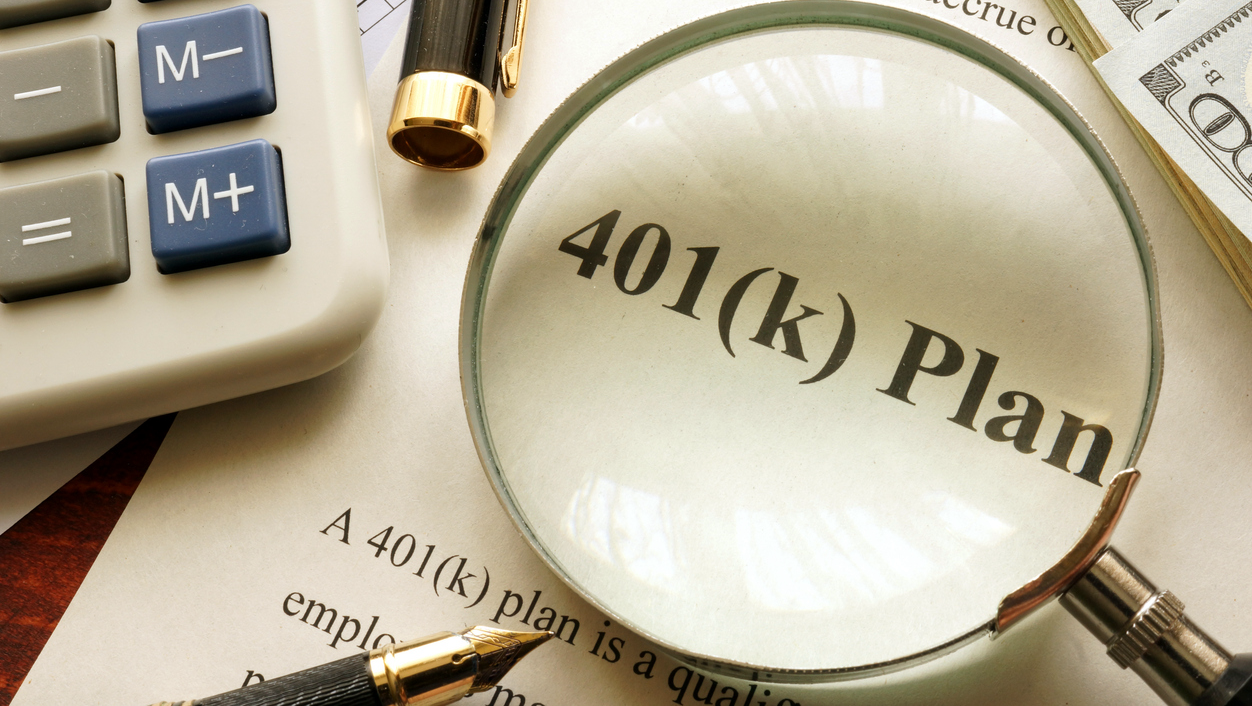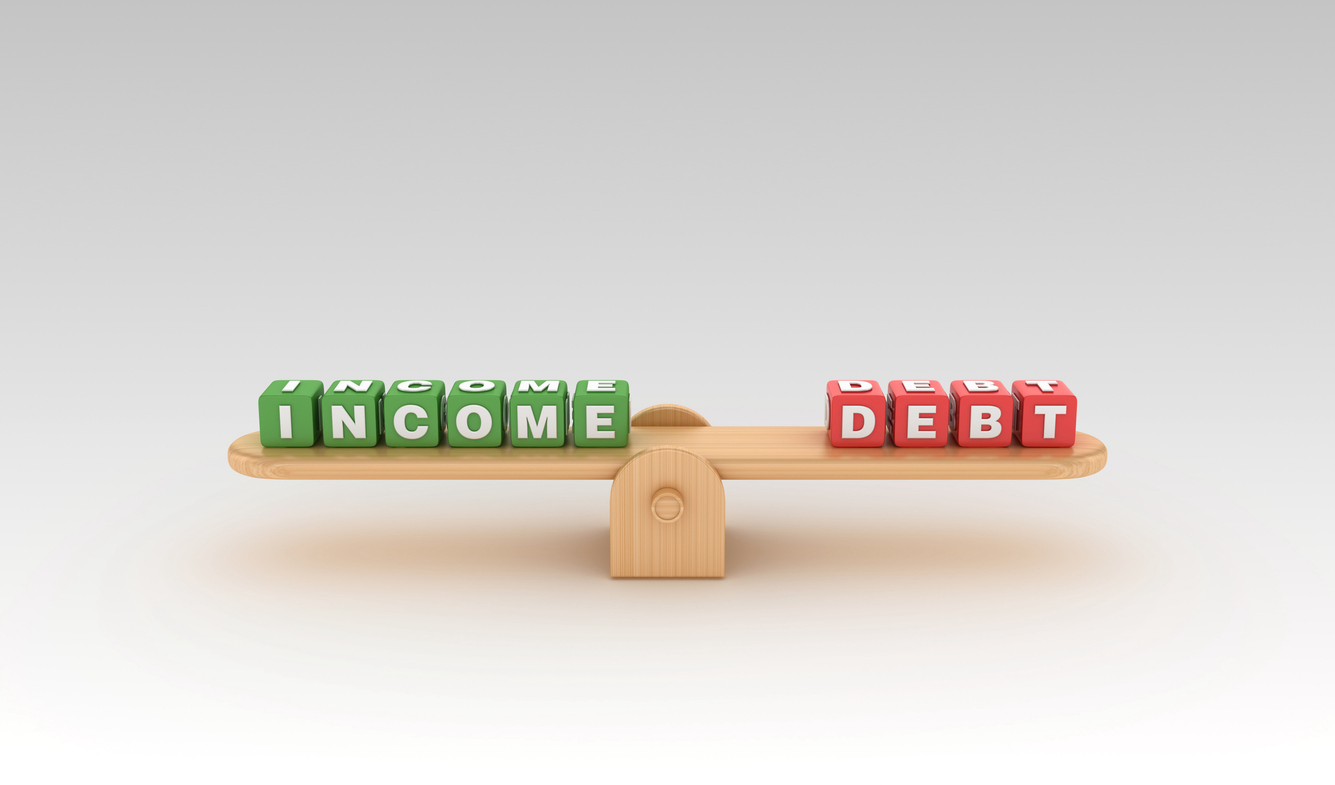
Key Takeaways
- Good debt is typically money you borrow to reach your goals and usually has a long payoff timeline and low interest rates.
- Bad debt is money you’ve borrowed that you can’t afford to pay back, whether it’s because the rates are too high, the timeline is too short, or you can’t afford what you’ve bought.
- Bad debt can hurt your finances and make it tough to do or buy the things you want and need.
- Getting rid of bad debt can be difficult, but there are several ways to go about it.
How would you feel about being $100,000 in debt? Would it make a difference if that debt was due to a shopping habit? What if it was to buy a home?
Owing money is debt, no matter the reason behind it. However, some forms of debt can be used as leverage to advance your economic priorities, while others trap you with no way out. Let’s talk about good debt and bad debt, plus how you can pay off debts you don’t want anymore.
What Is Good Debt?
There are some debts that you take on to reach bigger goals you’ve set for yourself. Some financial experts call this “good debt.”
Good debt is debt that can ultimately help you improve your financial situation. For a debt to be considered good debt, it will usually have:
- Low interest rate
- Manageable payments
- Low or no fees
- Future benefit
Examples of Good Debt
Types of debt that you might consider good debt include:
- Student loan debt: Borrowing money for your education is often called “good debt” because a degree will (ideally) help you land a good-paying job. Student loans usually have relatively low interest rates, too.
- Home mortgage: A home loan can be considered good debt because it helps you become a property owner. A home is an appreciating asset, meaning that it (usually) continues to rise in value, even long after you’ve finished paying off the mortgage. And since the property secures the mortgage, rates are usually lower than they might be with some other forms of debt, like personal loans.
- Business loan: Taking out a business loan can give you the funds you need to get a new venture off the ground, paving the way for bigger income opportunities.
What Makes Debt Bad?
Some kinds of debt drag you down instead of lifting you up. Debt you take on for frivolous things or items that lose value over time is usually considered bad debt.
Bad debt draws your money away from important goals. What’s worse, when the interest on bad debt is compounding, it can deplete your resources faster than you can pay it off. Bad debt usually has these characteristics:
- High interest rates
- High fees
- Short payment terms
- Low loan amounts
Examples of Bad Debt
The kind of debt that’s considered bad debt is expensive and can be tough to climb out of. Sometimes, it can even start a cycle of needing new loans to repay the old loans.
- High-interest debt: While good debt usually has relatively low interest rates, bad debt tends to have high interest rates. Higher interest rates can make it harder to pay back the principal amount borrowed and the interest. If you have a lower credit score, you might only qualify for loans with high interest rates (say, 20% to 30%), which makes borrowing very costly.
- Credit card debt: Credit cards usually have high interest rates and short repayment periods. If you don’t pay off your balance in full, you’ll be charged interest the following month. Every month you carry a balance, interest compounds, making your debt more expensive. Paying down credit card debt can save you significant money.
- Payday loans: Payday loans let you borrow a small amount of money – say, $500 – until your next paycheck. The APR on payday loans can be as high as 400%, making them an expensive way to tide you over from one payday to the next.
- Title loans: Title loans let you put your car down as collateral on a short-term loan. If you don’t repay the loan plus interest, the lender can take your car, making these an extra risky way to borrow.
What Can Turn Good Debt into Bad Debt
Sometimes, you may finance something that seems like good debt, only for it to sink you financially, perhaps for reasons outside of your control.
A car loan can be a good example. Financing a car can be the lever you need to travel to a good-paying job that’s a little farther away than other career opportunities. That would make it good debt, under our definition above.
But cars usually depreciate quickly, and if you finance a car that’s more expensive than you can afford, you could soon find yourself in over your head. That’s especially true when borrowing money to buy a luxury car or pickup that’s out of your budget, instead of a lower-priced sedan that will still get you where you need to go.
Before taking out a loan, even one that seems like “good debt,” make sure you have a solid budget and a reasonable plan for repaying it.
Tips for Paying Off Bad Debt
Paying down debt can help you escape the debt trap cycle, free up cash for other goals, and save you money on interest. Plus, it can help boost your credit score, too. That makes it easier to qualify for lower interest rates in the future if you want a loan to buy a house or car.
Below are some tips for paying off bad debt:
- Pay off the smallest debt first: Some people call this the “snowball method.” Make sure you make the minimum payments on your other debts, too.
- Pay off the highest-interest debt first: If you do the math, it usually makes more sense to work on paying off your debt with the highest interest rate first. Make minimum payments on everything else while you throw everything you can toward paying off this debt.
- Call the company: If you’re struggling, call your creditor. Explain the hardship you’re facing, and they may be able to work with you to find a payment plan that works for your income.
- Consider a consolidation loan: Using a debt consolidation loan or personal loan can be a way to pay off high-interest debt like credit cards. These loans usually have lower interest rates and fixed payments, helping you escape the problem of ever-growing balances.
- Use a HELOC: Homeowners with some equity can take advantage of a home equity loan or line of credit, using it to pay off debts with higher interest rates.
- Consider an HEA: A home equity agreement (HEA) is another option for homeowners who want to pay off credit card debt or high-interest-rate loans without accumulating more monthly payments or interest charges. With its flexible qualification requirements, an HEA could be a good option for homeowners with poor credit.
- Call a nonprofit credit counselor: Credit counseling agencies that offer free or low-cost advice can help you find a path out of debt. Avoid companies trying to sell you something and look for counselors who are trained and certified to help.
Bottom Line
No matter what kind of debt you have – good, bad, or something in between – the important thing is to take steps in the right direction. Instead of beating yourself up for your past choices, resolve to do what you can from this point forward. Paying down what you’ve borrowed, even if it takes a while, will be worth it for the relief you feel.
The blog articles published by Unlock Technologies are available for general informational purposes only. They are not legal or financial advice, and should not be used as a substitute for legal or financial advice from a licensed attorney, tax, or financial professional. Unlock does not endorse and is not responsible for any content, links, privacy policy, or security policy of any linked third-party websites.”


